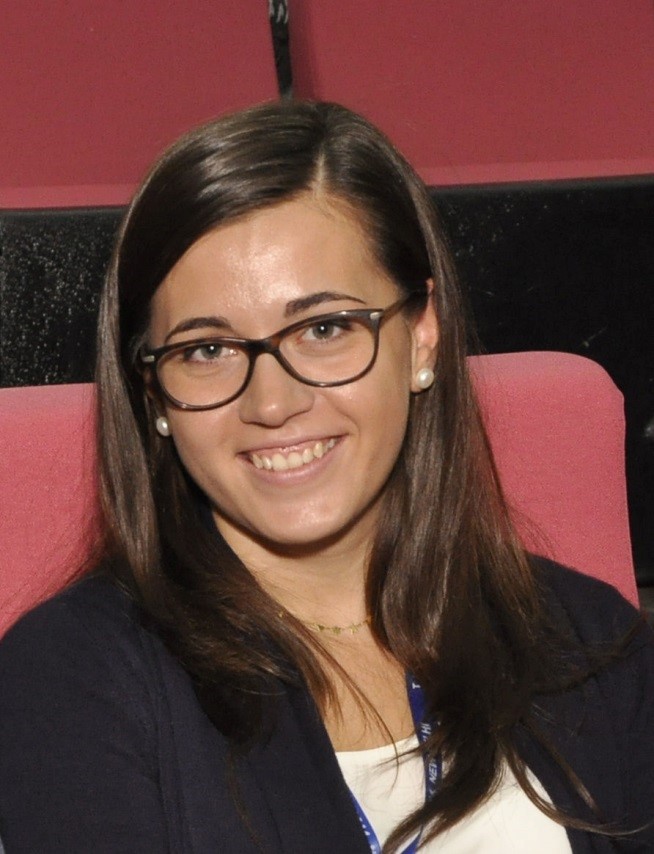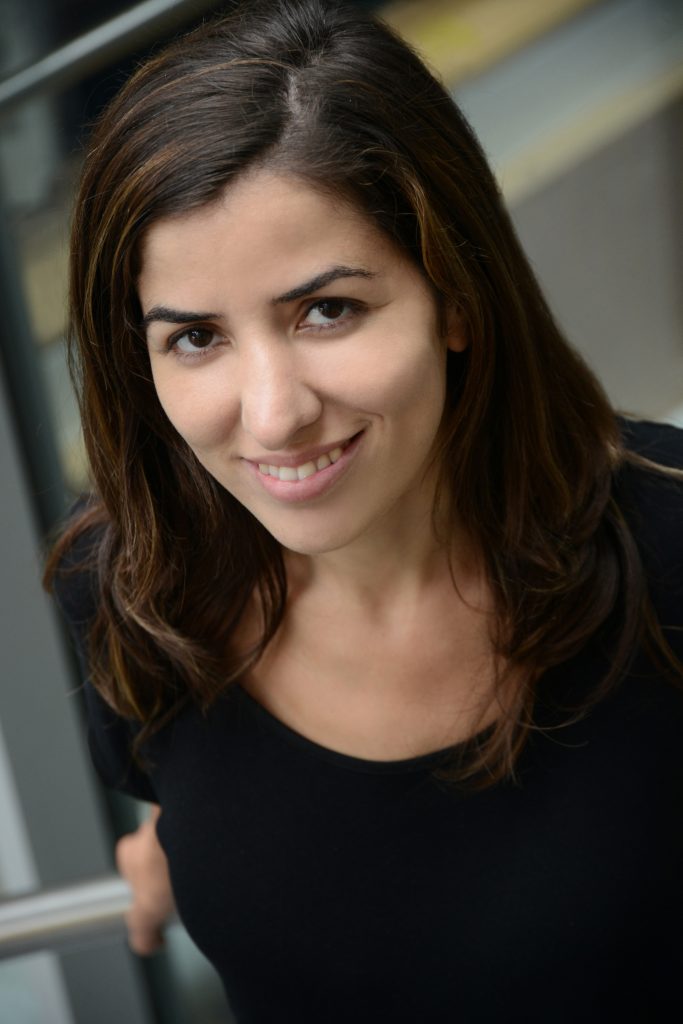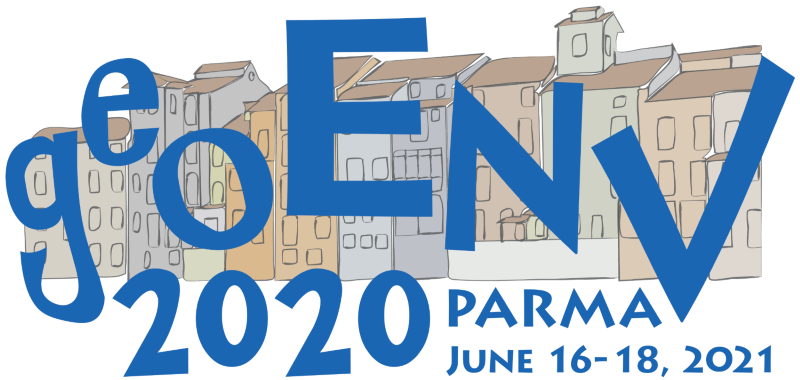Keynote Speakers

Peter Atkinson is Dean of the Faculty of Science and Technology at Lancaster University. Research focus in spatial data science, including spatial and spatio-temporal statistics and physical dynamic models applied to a range of environmental, epidemiological and socio-economic phenomena using remote sensing and other big data. Four most significant themes of research group are (i) remote sensing image downscaling and image fusion, based on explicit models of the space-time sampling framework, (ii) remote sensing of global changes in vegetation phenology and its climate drivers, (iii) spatial epidemiology of vector-borne disease transmission systems, including Trypanosomiasis and malaria, and (iv) spatial modelling of natural hazards and their impacts, including flood forecasting, landslide susceptibility mapping and near-Earth object impacts. Published around 300 peer-reviewed articles on these topics in international scientific journals, with Thompson H-index=69 in Google Scholar and H-index=49 in WoS. Led multiple large grants and supervised 60 PhD students. Editor-in-Chief of Elsevier journal Science of Remote Sensing, Associate Editor for Computers and Geosciences and sit on the editorial boards of Geographical Analysis, Spatial Statistics, the International Journal of Applied Earth Observation and Geoinformation, and Environmental Informatics.

Alessandra Menafoglio is an Assistant Professor in Statistics at the Department of Mathematics of the Politecnico di Milano, within the laboratory for modeling and scientific computing (MOX). Alessandra Menafoglio obtained her PhD in Mathematical Models and Methods in Engineering in 2015 at Politecnico di Milano. Her research interests focus on the study of innovative statistical models and methods for the analysis of complex and large data (such as curves and images), with particular emphasis on spatially distributed complex data. In the last years, she focused on the problems of modeling, prediction (kriging) and stochastic simulation for very general types of data, in the context of Object Oriented Spatial Statistics, with application to Earth and Environmental Sciences. Her doctoral thesis was awarded in 2016 with the “Eni Award, Debut in Research Prize”. Recently, she was awarded the 2019 Andrei Borisovich Vistelius Research Award by the IAMG. She is Associate Editor of the journals Stochastic Environmental Research and Risk Assessment and Applied Computing and Geosciences, and she is part of the Editorial Board of the journal Mathematical Geosciences.

Paula Moraga is an Assistant Professor of Statistics at the King Abdullah University of Science and Technology (KAUST) and the Principal Investigator of the Geospatial Statistics and Health Surveillance Research Group. Paula’s research focuses on the development of innovative statistical methods and computational tools for geospatial data analysis and health surveillance, and the impact of her work has directly informed strategic policy in reducing disease burden in several countries. She has developed modeling architectures to understand the spatial and spatio-temporal patterns and identify targets for intervention of diseases such as malaria in Africa, leptospirosis in Brazil, and cancer in Australia, and has worked on the development of a number of R packages for Bayesian risk modeling, detection of disease clusters, and risk assessment of travel-related spread of disease. Paula has published extensively in leading journals and is the author of the book ‘Geospatial Health Data: Modeling and Visualization with R-INLA and Shiny’ (2019, Chapman & Hall/CRC). Paula received her Ph.D. degree in Mathematics from the University of Valencia, and her Master’s degree in Biostatistics from Harvard University.
